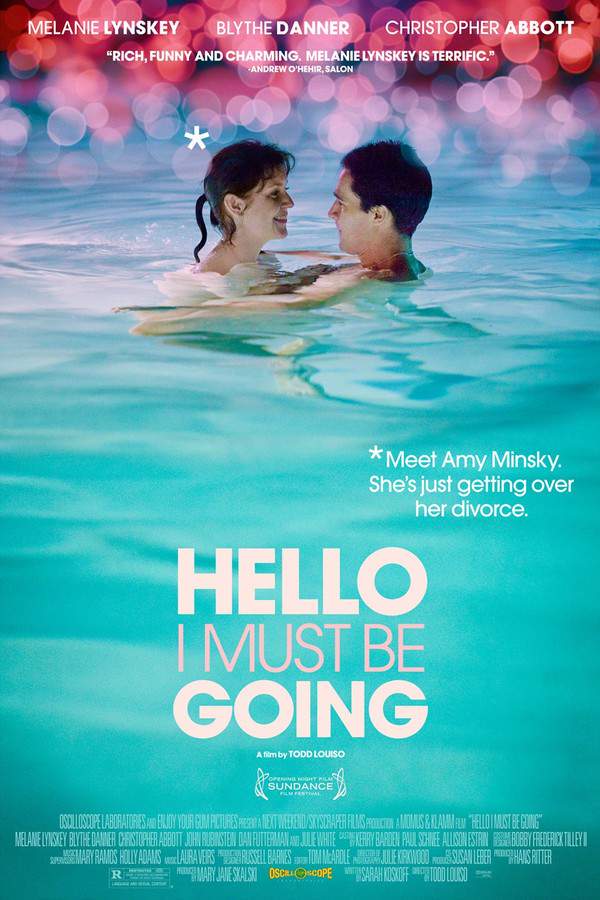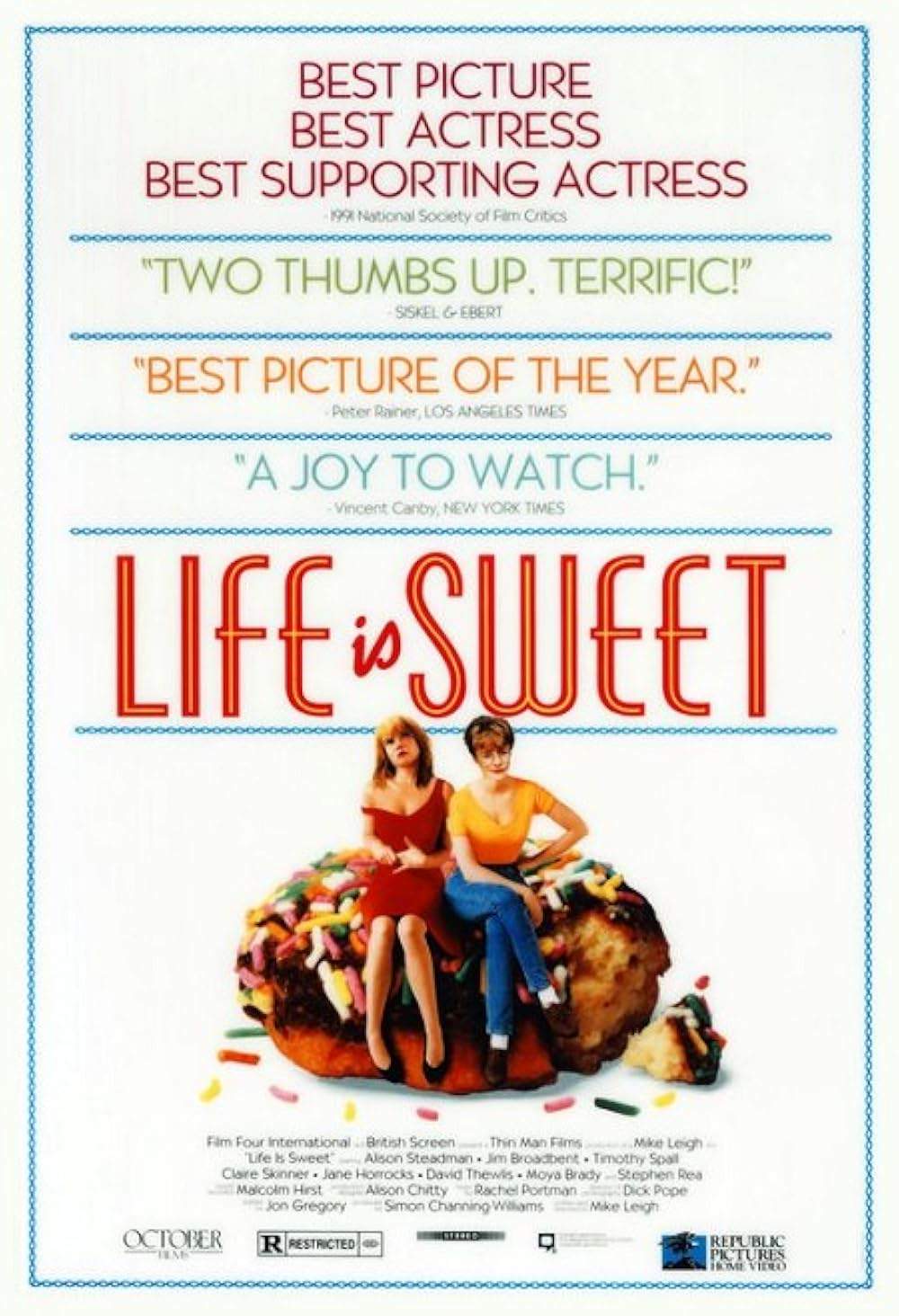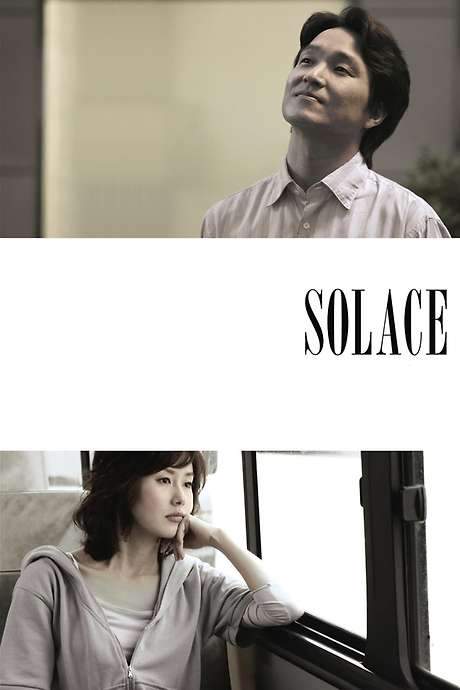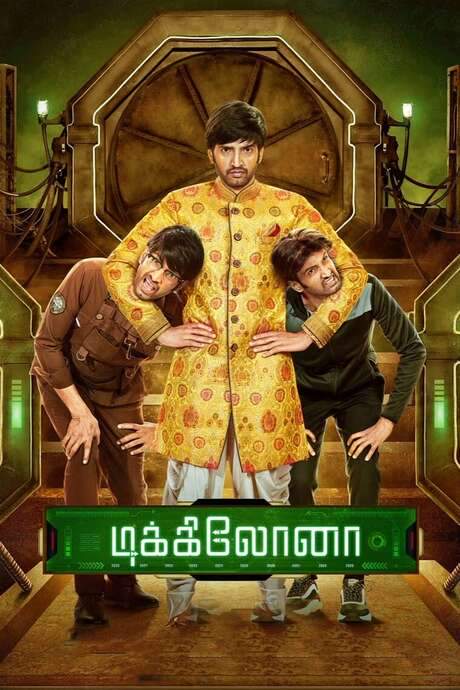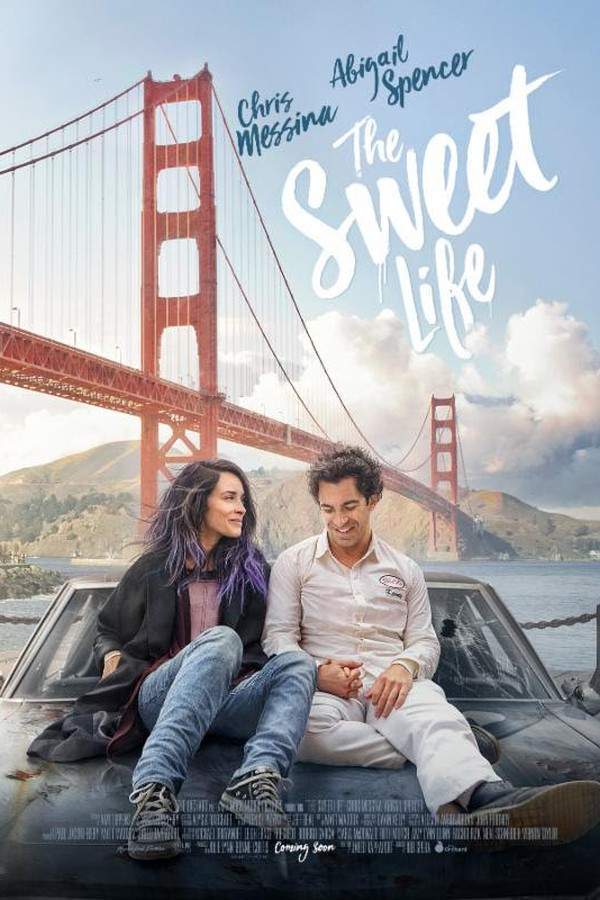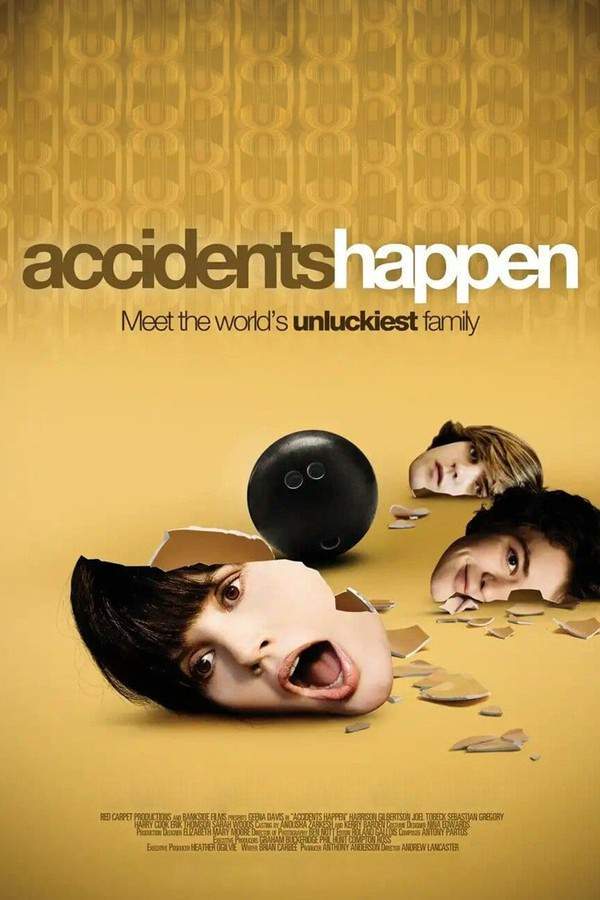
Still Time
After accidentally kissing Alice and becoming engaged, Dante wakes up a year later after a surprise 40th birthday party, with no memory of the intervening time. He discovers Alice is pregnant and realizes time is passing by too quickly, causing him to fear forgetting precious moments from his life. He must now piece together what happened and find a way to cherish the time he has left.
Still Time (2022) – Spoiler-Free Movie Summary & Plot Overview
Get a spoiler-free look at Still Time (2022) with a clear plot overview that covers the setting, main characters, and story premise—without revealing key twists or the ending. Perfect for deciding if this film is your next watch.
In a world where the calendar seems to sprint ahead while the heart struggles to keep pace, Dante finds himself teetering on the edge of a bewildering gap in his own life. An impulsive New Year’s kiss with a stranger sets off a chain of events that blurs the line between accident and destiny, and when he awakens a year later, the ordinary details of his home have shifted in subtle, unsettling ways. The film opens with a quiet, almost palpable sense of disorientation, inviting the audience to share his bewilderment as he confronts a reality that feels both familiar and oddly displaced.
At the center of this disquiet is Alice, a vibrant painter whose unexpected presence has reshaped Dante’s routine and aspirations. Their connection crackles with a blend of creative energy and unspoken fragility, reflecting a modern romance that balances affection with the pressures of demanding careers and family obligations. The tone drifts between warm, intimate moments and an undercurrent of urgency, echoing the way a ticking clock can amplify even the simplest gestures.
As Dante pieces together the missing months, the film gently foregrounds themes of memory, mortality, and the inexorable march of time. A looming sense of loss—both personal and generational—permeates the narrative, prompting him to question how much of his past can truly be reclaimed and what it means to live fully in the present. The story’s visual palette—soft lighting, muted cityscapes, and intimate domestic spaces—reinforces a contemplative mood, drawing viewers into a reflective meditation on how we measure a life worth living.
Ultimately, Still Time asks whether the frantic rush to achieve can coexist with the desire to savor fleeting moments. Dante’s journey becomes a quiet exploration of how love, art, and the simple act of noticing can anchor a person when the hands of the clock seem determined to slip away.
Last Updated: October 05, 2025 at 16:51
Explore Movie Threads
Discover curated groups of movies connected by mood, themes, and story style. Browse collections built around emotion, atmosphere, and narrative focus to easily find films that match what you feel like watching right now.
Bittersweet life journeys like in Still Time
Stories where characters navigate life's losses and regrets to find quiet hope.Discover movies like Still Time that blend comedy and drama to tell relatable stories about midlife anxiety, memory, and cherishing the present. If you enjoyed the film's mix of melancholy and hope, you'll find similar emotionally resonant stories here.
Narrative Summary
The narrative often follows a protagonist confronting a personal crisis or a sudden realization that their life is off-course. Through a series of challenges—sometimes literal, sometimes emotional—they must reconcile past mistakes and learn to embrace their current reality, leading to a conclusion that feels earned and hopeful rather than purely triumphant.
Why These Movies?
These films are grouped together because they share a specific emotional tone: a blend of melancholy and hope. They balance the weight of real-world problems with the levity of humor and the warmth of human connection, creating a relatable and deeply satisfying viewing experience.
Movies about time slipping away like Still Time
Stories where characters lose control of time and must piece their lives back together.Find films like Still Time that use a time-slip narrative to explore anxiety and the preciousness of moments. These stories often feature a protagonist who must piece together a lost period of their life, creating a unique mix of mystery and emotional drama.
Narrative Summary
The defining narrative pattern involves a disruptive event—a jump forward in time, amnesia, or a literal fast-forwarding of life—that forces the protagonist to confront how they've been living. The plot structure is often episodic, requiring the character (and viewer) to assemble the puzzle of what happened, leading to a climax where they must choose to change their relationship with time itself.
Why These Movies?
Movies are grouped here based on their shared central conceit: a manipulation of time that serves as a metaphor for anxiety and neglect. This creates a specific viewing experience combining mystery, emotional reckoning, and a poignant commentary on modern life's pace.
Unlock the Full Story of Still Time
Don't stop at just watching — explore Still Time in full detail. From the complete plot summary and scene-by-scene timeline to character breakdowns, thematic analysis, and a deep dive into the ending — every page helps you truly understand what Still Time is all about. Plus, discover what's next after the movie.
Still Time Summary
Read a complete plot summary of Still Time, including all key story points, character arcs, and turning points. This in-depth recap is ideal for understanding the narrative structure or reviewing what happened in the movie.

Still Time Timeline
Track the full timeline of Still Time with every major event arranged chronologically. Perfect for decoding non-linear storytelling, flashbacks, or parallel narratives with a clear scene-by-scene breakdown.

Characters, Settings & Themes in Still Time
Discover the characters, locations, and core themes that shape Still Time. Get insights into symbolic elements, setting significance, and deeper narrative meaning — ideal for thematic analysis and movie breakdowns.

More About Still Time
Visit What's After the Movie to explore more about Still Time: box office results, cast and crew info, production details, post-credit scenes, and external links — all in one place for movie fans and researchers.



